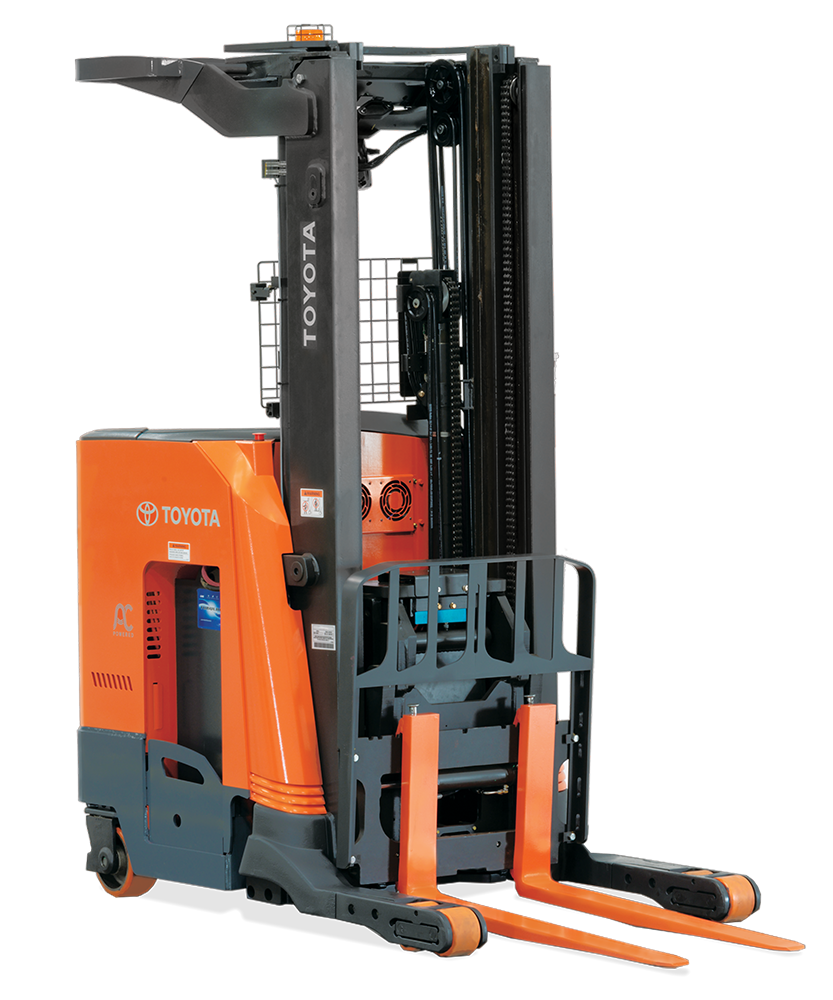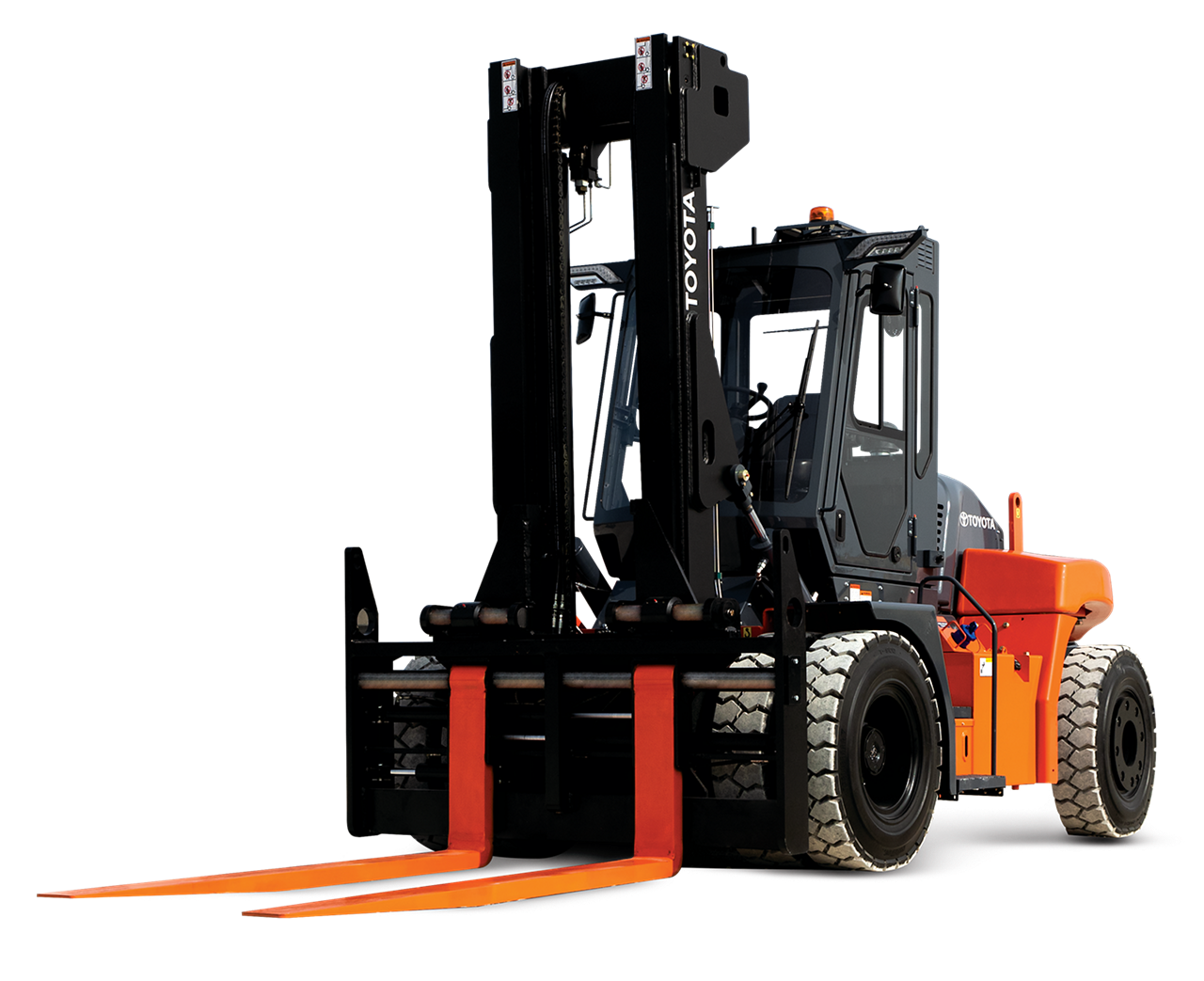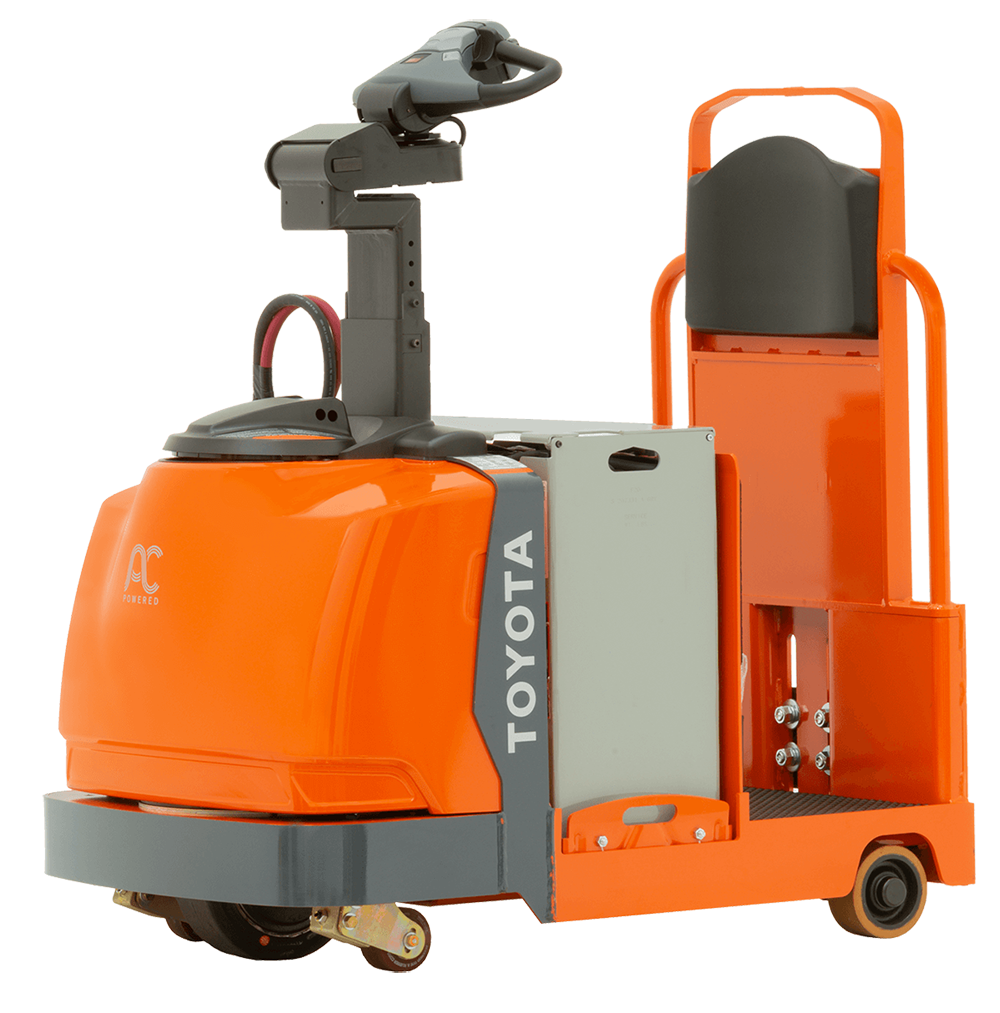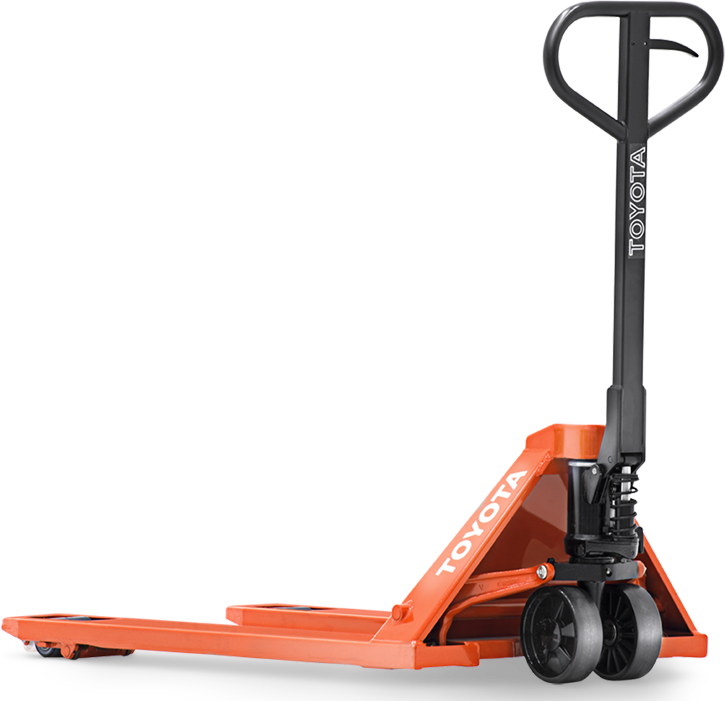Please click below to sign in to your MyToyota account
Selecting The Right Forklift Mast

When selecting what forklift to purchase, the mast is one of the most important considerations. The forklift’s mast, or upright, is the portion of the forklift that lifts, lowers, and positions the loads manipulated by the forks. Each type of mast presents its own set of advantages for different applications depending on their height and stacking requirements. There are four common types of forklift masts:
- Single Stage – The single stage mast has one channel with a limited lifting height. Free lift (the ability to lift the load and forks without moving the mast channels) is not available. Due to this limitation, the mast must extend higher than other mast options in order to stack loads. This type of mast is frequently seen in outdoor applications where overhead clearance is not a concern, due to the lack of height clearance restrictions.
- Two Stage – The two stage mast is more common and has free lift available. These are typically used for stacking and double stacking for indoor applications with limited overhead clearance. They provide excellent visibility and are ideal for use in trailers and box cars.
- Three Stage – The three stage mast is the most common and most versatile forklift mast available. Its free lift and greater heights provided by three stages make for great lift for stacking in general warehouse applications.
- Quad Mast – A four stage mast provides the highest reach thanks to its four sets of moving rails. These are designed for very high stacking in specialized warehousing and other industries.
Things to remember when selecting your forklift for purchase:
- Lowered height – Each type of mast has a different height when it is completely lowered, an important consideration if your facilities have specific height restrictions for doorways, loading docks, or other entrances.
- Load backrest – Most forklifts come with a 48 inch load backrest but others are available as options. If your warehouse has lights, sprinklers, or other items that could be damaged by lifting, you may want to submit a Toyota Special Design Request for a specialized load backrest.
- Lift height – When selecting your mast you should add at least 6 inches of height to your highest racking shelf. This will give you an estimate of required lifting heights, including needed clearance for operators to safely negotiate loads at height.
Request A Quote or for pricing, parts & more, click here to find a dealer near you.


















